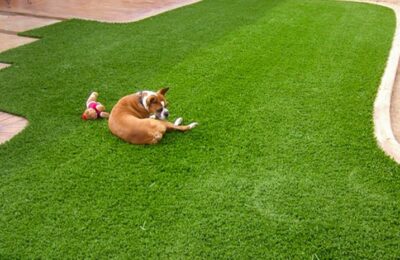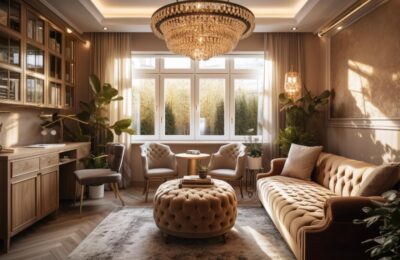Finding creativity isn’t always easy and a great deal of inspiration only occurs when the environment is right. It is for this reason that many seek to design their homes in ways that support their creativity, seeking aesthetics and styles that help relaxation and thoughtfulness. Some cultivate hidden nooks where they can hide themselves from distractions while others find their imagination works best when surrounded by open and exciting spaces.
Regardless of the style that best suits your creativity, there are a few fundamental considerations that must be made by those wanting to give their artistic expression support. Here are five most important things to consider when seeking to boost your creativity at home.
Noise Control
Our senses are easily swayed and without proper considerations being made for noise control any space, no matter how carefully designed, can be fruitless when it comes to creativity. This is why insulation and sound isolation is important. Rooms with windows, for example, should ensure that they are double or triple-glazed, with a strong enough seal that outdoor noises won’t pose a problem. Some will also favour the presence of speaker systems that allow for music to be played, helping to drown out exterior noise.
Facilities
Many will approach a creative setting with sparsity but this is not always conducive to creativity. In fact, being without certain facilities or luxuries, inspiration can be quickly dashed by the constant need to leave a space to obtain essential tools.
As such, it is key that creative spaces are well–stocked with both tools and amenities, even snack and drink facilities, so that those spending time within the space are encouraged to stay for longer.
Distance
When designing a creative space at home it is often important to distinguish between a creative space and a personal space. This divide ensures that personal spaces aren’t compromised with distraction and vice versa. While some are able to simply shut a door and feel entirely separated, others feel that outbuildings, such as garden log cabins, are the ideal setting. Such spaces allow for creativity to occur not only in a natural environment but also entirely removed from a personal setting.
Aesthetics
The space you create should invite ideas. Trying to produce artistic expression in a room with a draining aesthetic, one that fails to inspire you personally, is a fool’s errand. Instead, rooms should be designed to suit your creative goals. If you are someone who favours clarity and peacefulness, try embracing minimalism. If, however, you need stimulation, go for colours and decor.
Senses
Beyond sight and sound, it is important to consider how your creative space influences your other senses too. A comfortable chair, a soft blanket, or an aromatic candle each have the potential to help an individual relax. Certain materials and fabrics can also be interactive too, encouraging tangible experiences and habits that help to distract the brain from non-creative stressors. This is, for example, why tiny zen gardens became popular in modern office spaces.










